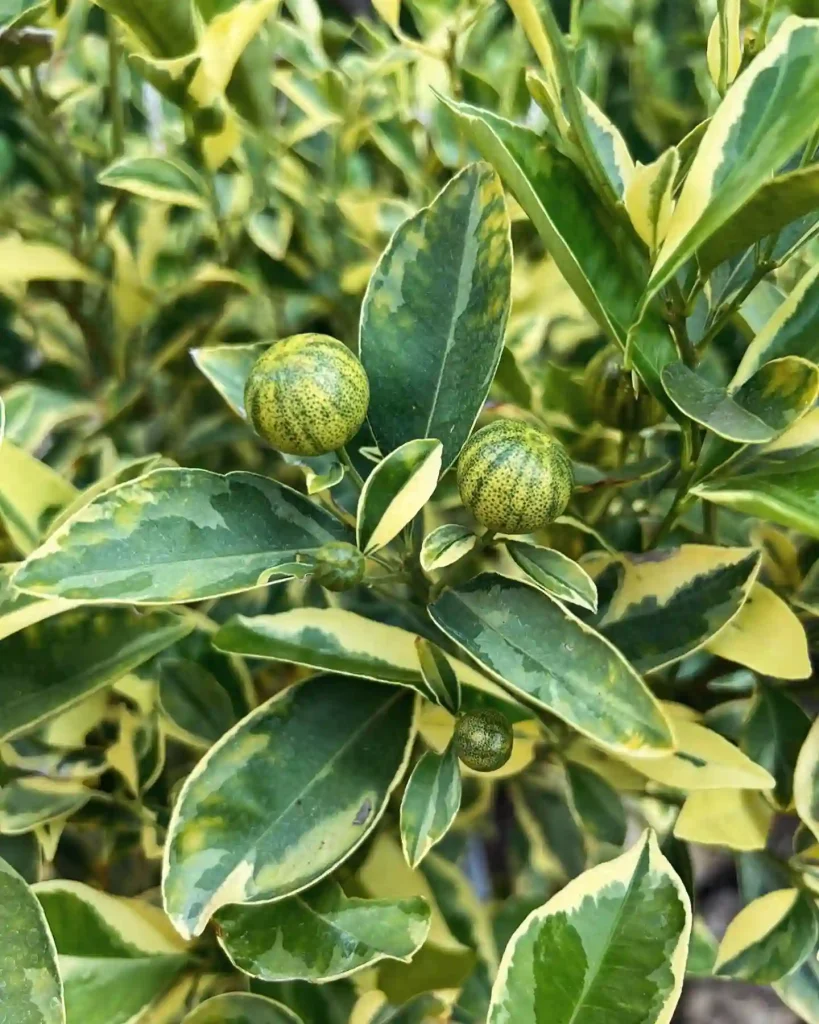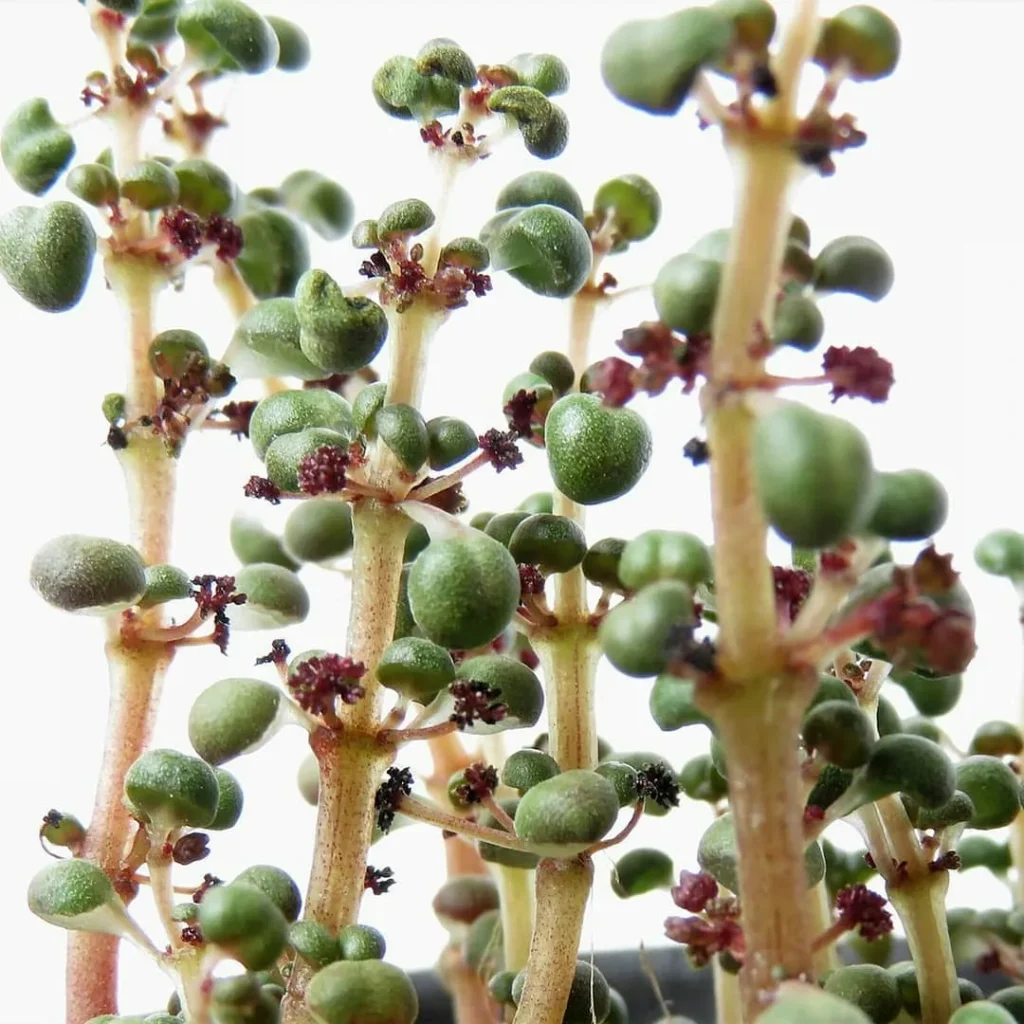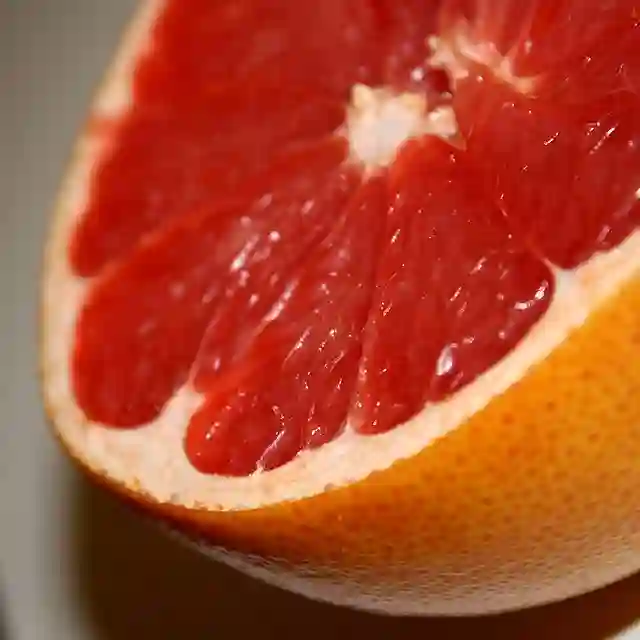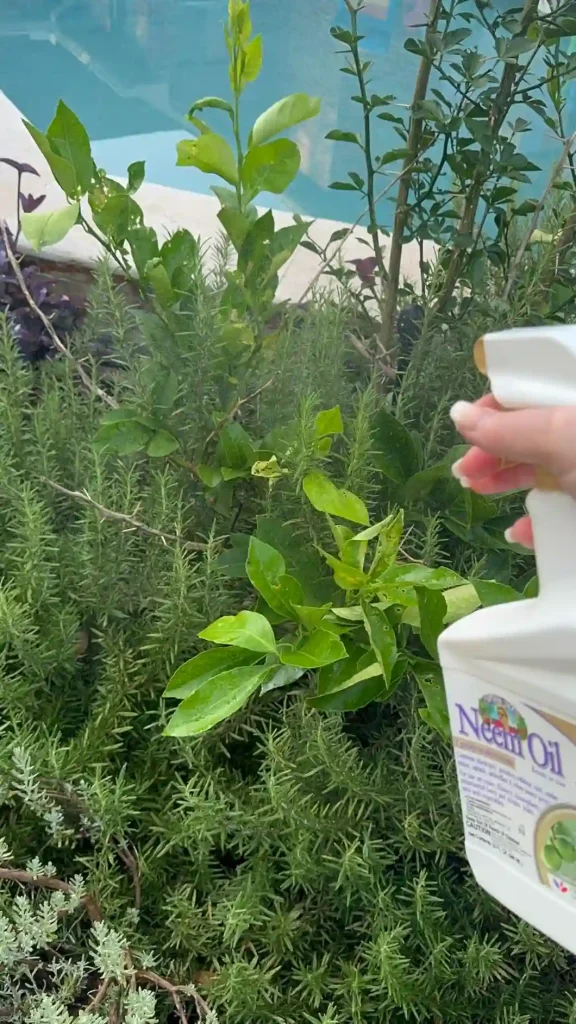Peperomia Deppeana: Your Guide to This Charming Little Succulent
Hi, Ferb Vu here! Today, we’re diving into the world of Peperomia Deppeana, a captivating little succulent that’s quickly becoming a favorite among houseplant enthusiasts.
This petite powerhouse boasts lush green foliage cascading over its creeping vines, making it a delightful addition to hanging baskets or terrariums. But beyond its aesthetics, the Peperomia Deppeana is cherished for its resilience and ease of care.
Whether you’re a seasoned plant parent or a curious beginner, this guide will equip you with everything you need to know to keep your Peperomia Deppeana thriving.
1424 Species in Genus Peperomia
Light: Illuminating the Path to Growth
Peperomia Deppeana, like most succulents, craves bright, indirect sunlight. Think dappled morning light or a spot near a window that receives filtered sunshine throughout the day. Avoid harsh, direct sunlight, which can scorch the delicate leaves.
Low Light Blues? While it tolerates medium light, insufficient illumination can lead to leggy growth with sparse foliage. If your home lacks ideal lighting conditions, consider supplementing with grow lights to mimic natural sunlight.
Watering: Finding the Perfect Balance
Here’s where Peperomia Deppeana shines – it’s a champion of underwatering! These little succulents despise soggy soil, so resist the urge to water them on a schedule. Instead, employ the “less is more” approach.
Here’s my trick: Stick your finger about an inch into the soil. If it feels dry to the touch, it’s watering time. Drench the soil thoroughly until water starts draining from the pot’s drainage holes. Discard any excess water to prevent root rot.
Pro Tip: Peperomia Deppeana prefers consistent moisture levels, so avoid letting the soil completely dry out between waterings.
Soil: The Foundation for Success
Well-draining soil is paramount for a happy Peperomia Deppeana. Opt for a succulent or cactus mix, or create your own by combining potting mix with perlite or coarse sand for optimal drainage.
Remember: Stagnant water around the roots is a recipe for disaster.
Temperature and Humidity: Keeping it Cozy
Peperomia Deppeana thrives in average room temperatures, ideally between 65°F and 75°F (18°C and 24°C). Avoid exposing it to sudden temperature fluctuations or drafts.
Humidity Matters: While it doesn’t require high humidity levels, occasional misting can be beneficial, especially during dry winter months.
Peperomia Deppeana vs. String of Pearls: Similarities and Differences
Both Peperomia Deppeana and String of Pearls (Senecio Rowleyanus) are captivating trailing succulents with unique foliage. Let’s explore what sets them apart:
- Leaves: Peperomia Deppeana boasts small, oval-shaped leaves with a smooth, waxy texture. String of Pearls, on the other hand, features plump, bead-like leaves that resemble pearls.
- Growth Habit: Peperomia Deppeana cascades gracefully, making it ideal for hanging baskets. String of Pearls trails longer and can sprawl across surfaces or climb trellises.
- Light: Both prefer bright, indirect light. However, String of Pearls tolerates lower light conditions slightly better.
- Watering: Similar to Peperomia Deppeana, String of Pearls thrives on the “less is more” approach to watering. Allow the soil to dry completely between waterings.
Propagation: Sharing the Peperomia Deppeana Love
Propagating your Peperomia Deppeana is a breeze! Here are two popular methods:
- Stem Cuttings: Take a healthy stem with a few leaves, snip it below a node, and plant it in a pot with well-draining soil. Keep the soil moist but not soggy, and provide bright, indirect light. New growth should emerge within a few weeks.
- Leaf Cuttings: Select healthy leaves and gently remove them from the main stem. Lay them flat on moist soil in a well-draining pot. Ensure the petiole (leaf stalk) is in contact with the soil. Cover the pot with a clear plastic bag to maintain humidity and place it in bright, indirect light. Roots should develop in a few weeks, followed by new growth.
Common Peperomia Deppeana Problems and Solutions
Leaves turning yellow or brown
Possible Cause: Overwatering is the most likely culprit. Adjust your watering schedule and allow the soil to dry completely between waterings.
Solution: Reduce watering frequency and ensure the pot has proper drainage.
Leggy growth with sparse foliage
Possible Cause: Insufficient light.
Solution: Relocate your Peperomia Deppeana to a spot with brighter, indirect light. Consider supplementing with grow lights if necessary.
Mealybugs or scale
Possible Cause: These are common pests that can infest houseplants.
Solution: Isolate your Peperomia Deppeana and treat it with insecticidal soap or neem oil solution. Spray the plant thoroughly, paying close attention to undersides of leaves, and repeat at intervals as recommended on the product label.
Fertilizing: A Gentle Touch
Peperomia Deppeana isn’t a heavy feeder. A balanced, diluted liquid fertilizer applied once a month during the growing season (spring and summer) is sufficient. Avoid overfertilizing, which can damage the roots.
Grooming and Maintenance
Regular grooming isn’t strictly necessary, but you can occasionally remove any dead, discolored, or damaged leaves to maintain a neat appearance.
Repotting: Providing Space to Thrive
As your Peperomia Deppeana matures, it may outgrow its current pot. Repotting every 1-2 years into a slightly larger container with fresh, well-draining soil is recommended.
Conclusion: The Rewards of Owning a Peperomia Deppeana
With its charming looks, minimal care requirements, and forgiving nature, the Peperomia Deppeana is a perfect choice for plant enthusiasts of all levels. By following these simple guidelines, you can cultivate a thriving Peperomia Deppeana that will bring a touch of vibrancy and greenery to your home for years to come.
If i die, water my plants!



